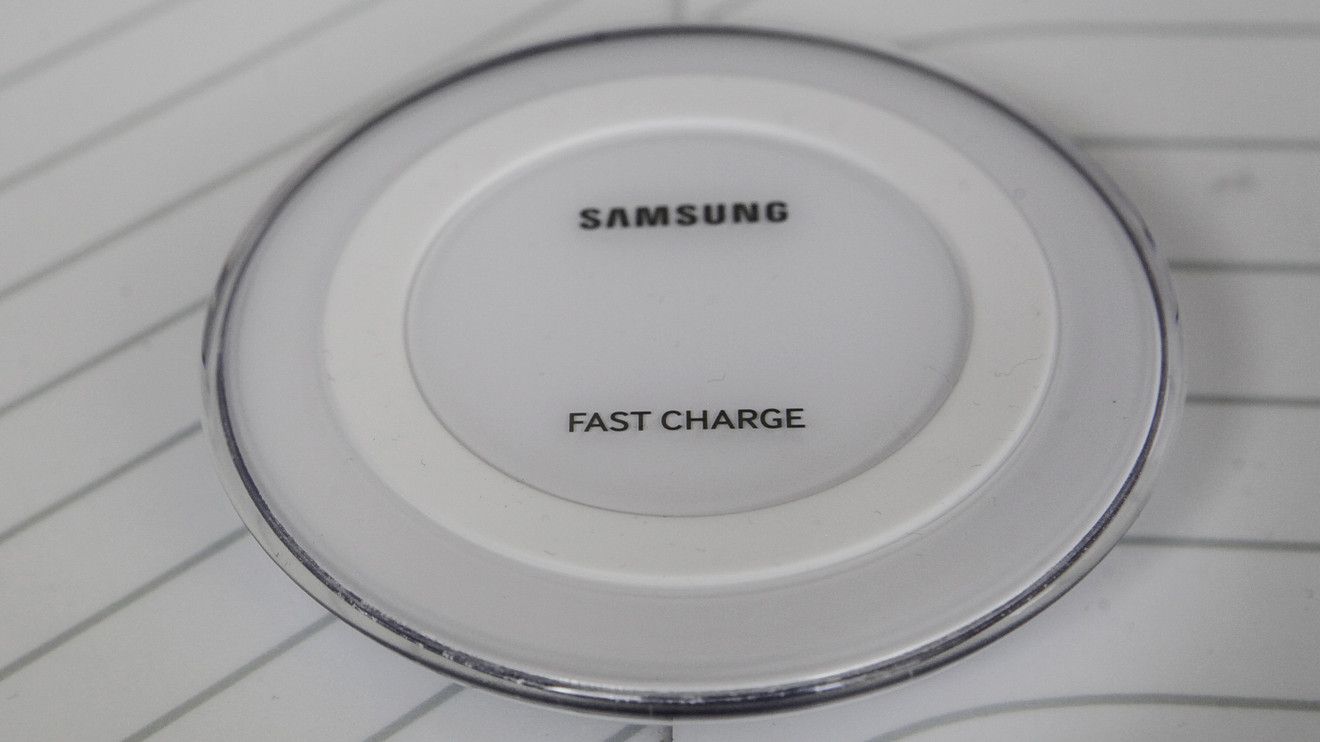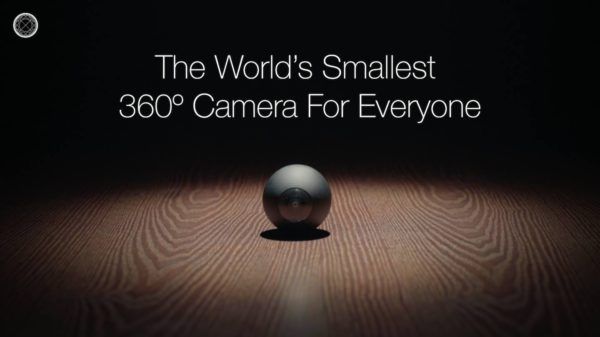Dec 21, 2015
Not Just A Pretty Face: Popular Skincare Ingredient May Boost Longevity
Posted by Robert James Powles in categories: food, life extension
Isolated from the Comfrey plant, Allantoin is a popular ingredient in many skincare regimens. According to new research it may increase longevity by mimicking the benefits of calorie restriction.
Calorie restriction is a subject of debate within the longevity community, and on animal models success is variable. However, it remains one of the most proven ways of extending lifespan in many species, and molecules that mimic the effect at the molecular level have also been associated with protective effects — up-regulating repair and stress response mechanisms. One such molecule is resveratrol, which is responsible for the relatively recent red wine hype.


 By not having to answer to industry or academia, OpenAI hopes to focus not just on developing digital intelligence, but also guide research along an ethical route that, according to
By not having to answer to industry or academia, OpenAI hopes to focus not just on developing digital intelligence, but also guide research along an ethical route that, according to 














